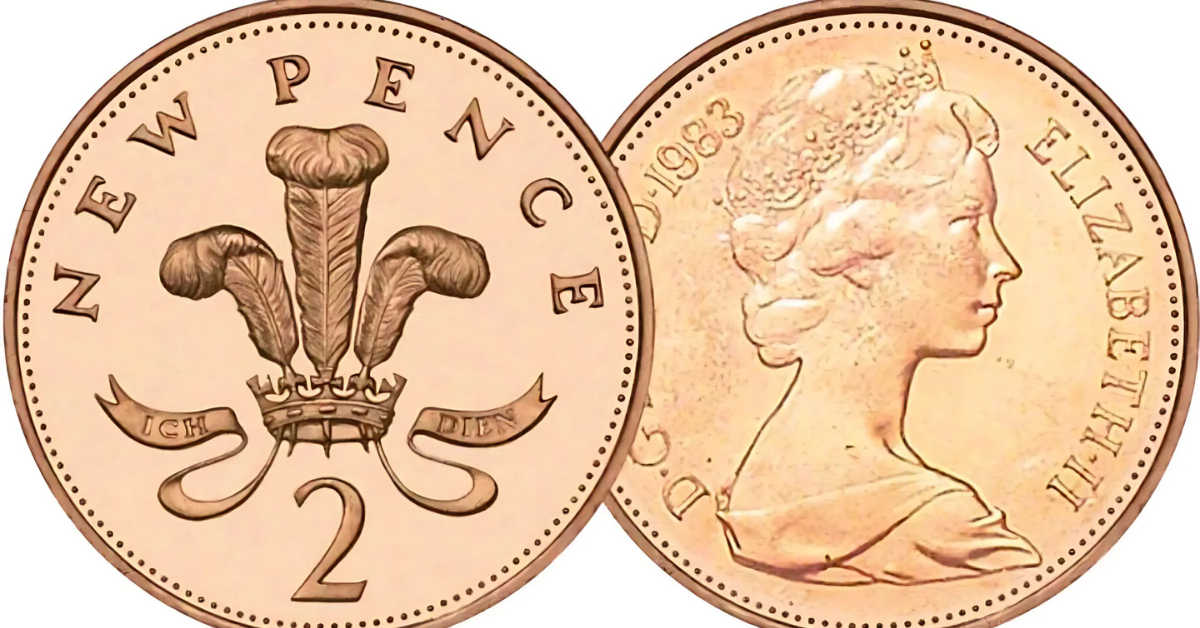The humble penny might not seem like much—but in 2025, that small copper coin could be worth hundreds or even thousands of pounds. With news emerging that penny production is being scaled back, collectors and everyday people alike are being urged to double-check their loose change. Some rare pennies are now in such high demand that they’ve become mini treasures hiding in wallets, coin jars, and even under sofa cushions.
The Royal Mint has reportedly reduced penny production due to rising metal costs and the increasing use of digital payments. With fewer coins being made, older and rare versions are now even more valuable.
Which Pennies Could Make You Rich?
This Article Includes
Here are some of the most sought-after and valuable 1p coins currently catching the attention of collectors:
1. The 1933 Penny
One of the rarest coins in British history, the 1933 penny was never released for public use. Only a handful were made—mostly for ceremonial purposes. If you find one, it could sell for over £70,000.
2. The 1971 New Penny
While millions of 1971 pennies were made, a few early versions labeled “New Penny” rather than “One Penny” have been found with minting errors. These can sell for between £50 and £500 depending on the condition.
3. The 1983 ‘New Pence’ Error

In 1983, all pennies were supposed to read “One Pence.” But a few were mistakenly stamped with the older “New Pence” label. If you find one of these, you could be looking at a value of over £1,000.
4. The 2008 Britannia Error Penny
Most 2008 pennies feature the Royal Shield. However, some still had the old Britannia design—making them highly collectible. These coins can sell for £100 or more.
5. The 2009 Kew Gardens 50p (Honourable Mention)
Though not a penny, this coin is one of the most famous and sought-after in UK change. Its scarcity and beautiful design have made it a collector’s favourite, selling for up to £200 or more.
Why Penny Production is Slowing Down
According to recent updates, the cost of producing small-denomination coins has gone up due to metal price increases and inflation. As more people shift to card and mobile payments, the demand for pennies has dropped significantly.
The Royal Mint revealed that many coins now stay out of circulation for years, collecting dust in people’s homes. This shift has made it less practical to continue minting coins that cost more to make than their face value.
What Should You Do?
Start by checking the coins you already have at home. Go through old piggy banks, jars, and drawers. If you suspect a coin might be valuable, look it up on trusted coin collector websites or consider getting it professionally appraised.
Apps like “Coinoscope” or visiting websites like Change Checker can help you identify potentially valuable coins by comparing their design, minting year, and condition.
Final Thoughts
With penny production slowing and digital money on the rise, physical coins—especially rare ones—are becoming collectibles. Even a single coin could fetch hundreds or even thousands if it turns out to be a rare edition.
So the next time you receive change or clean out your wallet, take a second look. You might just be holding a piece of UK history worth far more than one penny.




